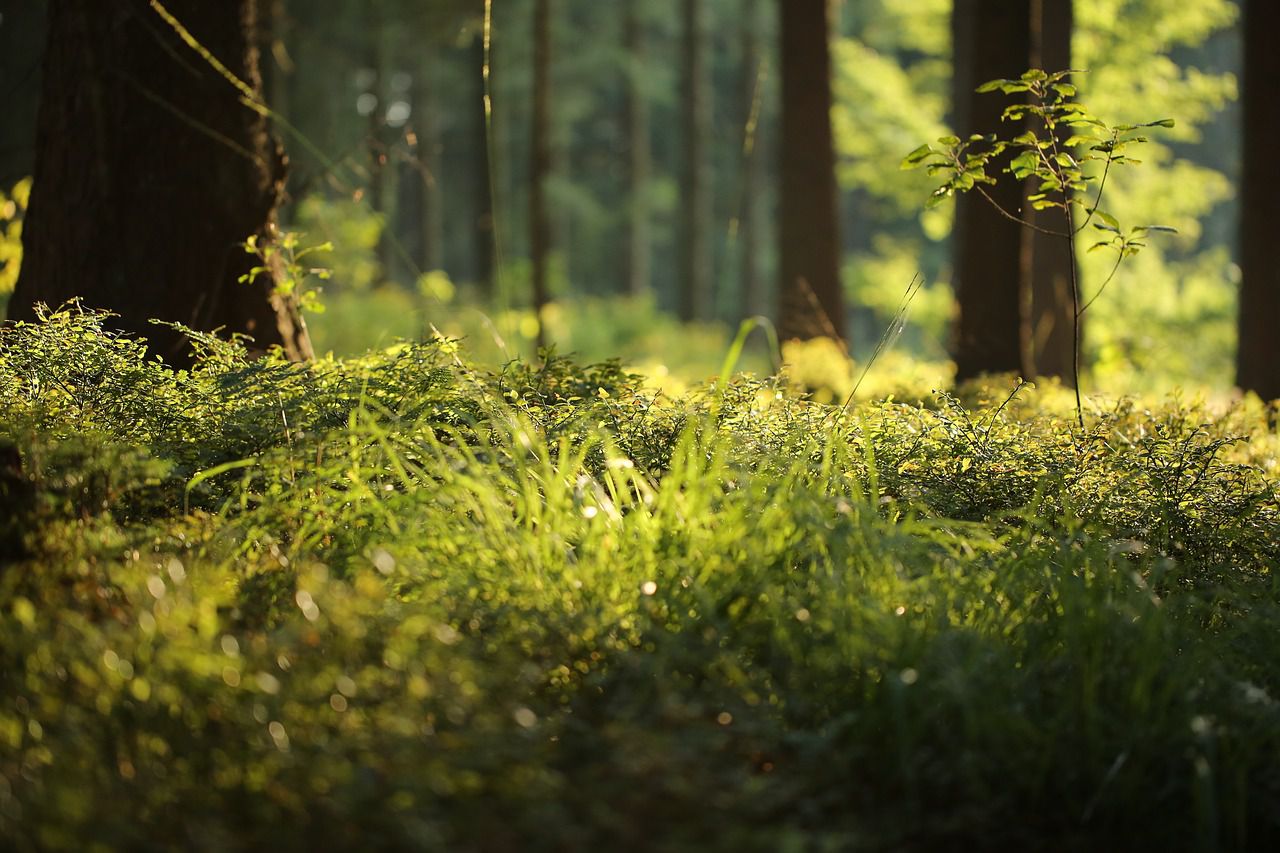Unraveling Forest Connections: Insights from a New Study
While gardeners nurture their own microsystems in gardens, natural forests boast fascinating mechanisms and intricate connections between plants.
One such crucial aspect of forest dynamics involves fungal networks that interconnect trees, influencing the nature of forests and their response to climate change.
Let's find out more.
Trees are connected
The "mother-tree hypothesis" has gained traction, suggesting that large, older trees act as central hubs, generously sharing carbon and nutrients with younger saplings.
However, an international team of researchers embarked on a study to critically examine the evidence supporting and challenging this hypothesis.

Headed by Nils Henriksson from the Swedish University of Agricultural Sciences, the study unveiled limited empirical evidence for the mother-tree hypothesis, and theoretical explanations for its mechanisms remained wanting.
Although mycorrhizal networks undoubtedly play an essential role in forest ecosystem stability, they do not serve as simple pipelines for resource-sharing among trees.
It's not a superorganism
Oskar Franklin, a researcher in the Agriculture, Forestry, and Ecosystem Services Research Group at IIASA, explains that the forest ecosystem is far from being a superorganism or a family of altruistic trees aiding each other.
Instead, it is a complex web of interdependent trees, fungi, and other organisms, each striving to secure the best possible outcome for their survival.
While the mother-tree hypothesis has sparked scientific curiosity and public interest in the intricate workings of forests, it is vital for future forest management and research to embrace the true complexity of these ecosystems.
